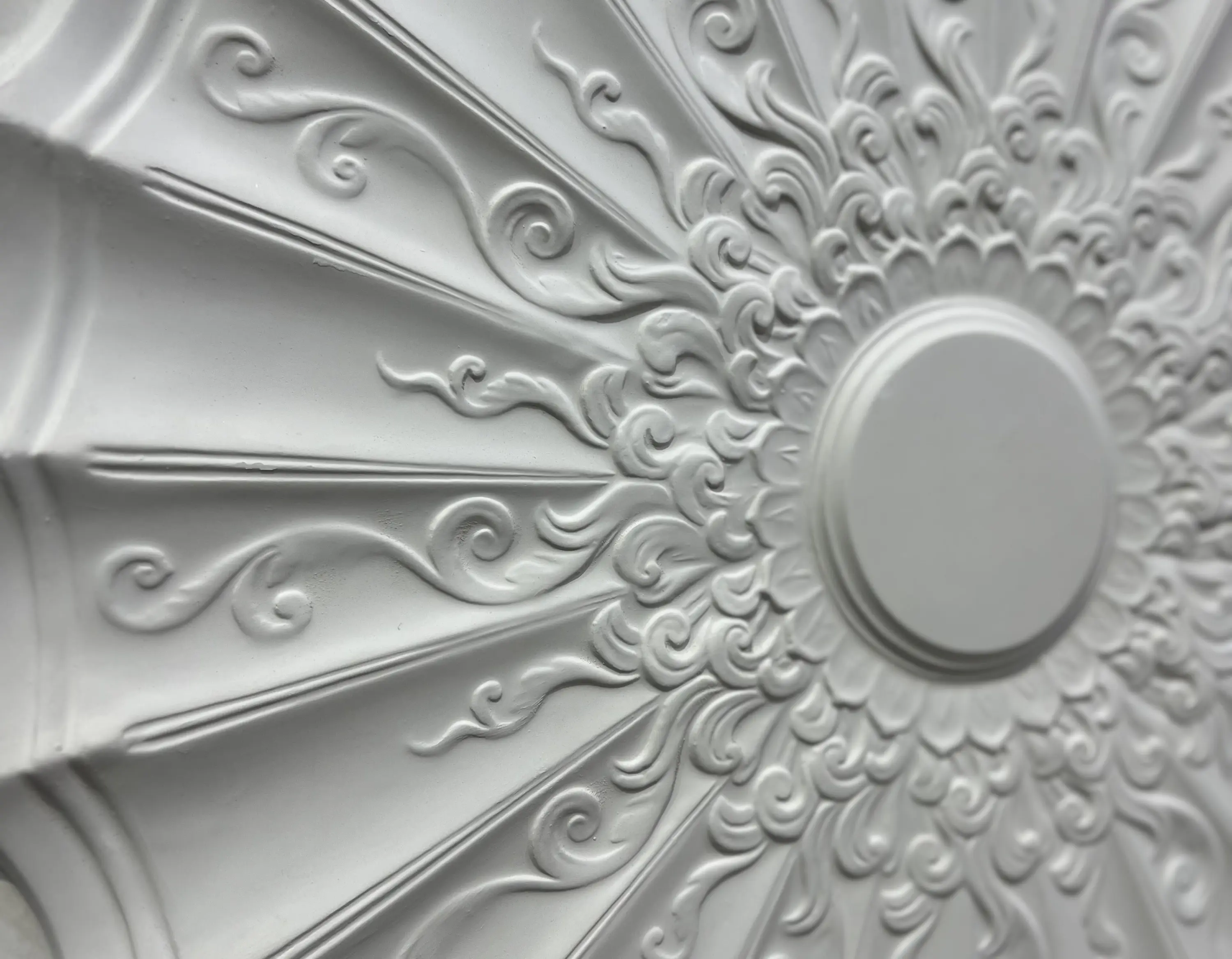
Step into many of Australia’s early colonial buildings and you’ll often find yourself looking up. The plasterwork — from simple walls to ornate ceiling roses — tells its own story about how architecture developed here. While these designs reflect European traditions brought by settlers, they also sit within a much larger and more complex history of colonisation.
Plasterwork was never just about decoration. It became a symbol of status, wealth, and changing tastes, tracing the transformation of the colonies as they expanded.
Building with Limited Resources
In the first decades after 1788, plastering wasn’t done for show — it was a necessity. Bare stone and timber were cold and rough, so settlers looked for ways to create smoother, brighter interiors. With no cement factories or imported products at hand, they improvised. Lime was made by burning shells or limestone, then mixed with sand and sometimes animal hair to strengthen the finish.
The result was practical and suprisingly effective: walls and ceilings that were easier to maintain and far more comfortable than raw surfaces.
The Georgian Influence
Colonial plasterwork followed the design language of the Georgian era in Britain. That meant plain surfaces, symmetry, and a strong sense of proportion. Cornices were simple, running neatly along the tops of walls to create order between ceiling and room.
Unlike the ornate plaster details that came later in Australian architecture, colonial interiors were understated. A little moulding here or there might appear in wealthier homes or official buildings, but decoration was the exception, not the rule.
Plasterwork in colonial Australia wasn’t just about finishes — it carried meaning. In government buildings, it projected stability and authority, sending a message of permanence in a new colony. In private homes, it offered settlers a sense of familiarity, echoing the domestic interiors they had left behind in Britain.
Even in its simplicity, plaster was about more than function. It reflected the values and aspirations of those who built and lived within these spaces.
What Remains Today
Surviving examples of colonial plasterwork are rare but invaluable. Step inside an early homestead, cottage, or government office and you can still see the hallmarks: clean walls, smooth ceilings, modest cornices.
They may not dazzle like the ornate plaster roses and friezes of later periods, but they hold their own quiet elegance. Each one is a tangible reminder of adaptation, resourcefulness, and the early stages of Australia's architectural story.
Carrying the Craft Forward
At Allplasta, we see ourselves as part of this longer story. Colonial plasterwork laid the foundation for the plaster traditions that followed — from Victorian to Federation motifs — and those skills still matter today.
Our work in reproducing and restoring plaster elements connects directly to this heritage. By keeping traditional methods alive while also embracing modern techniques, we continue the legacy of craftmanship that began in Australias's earliest buildings.